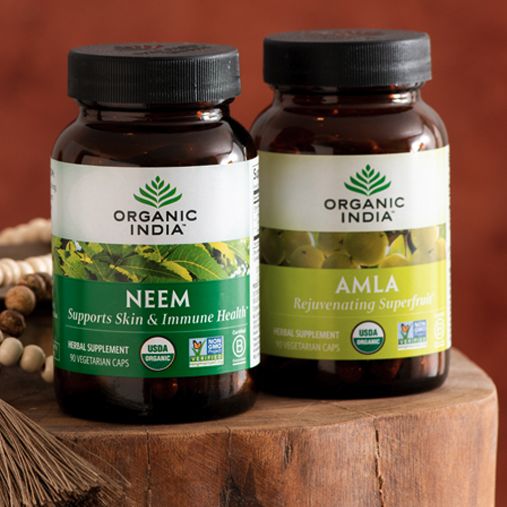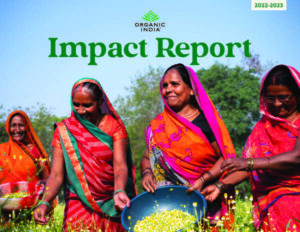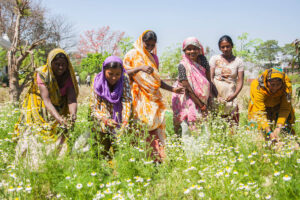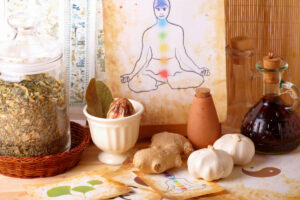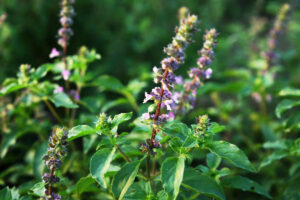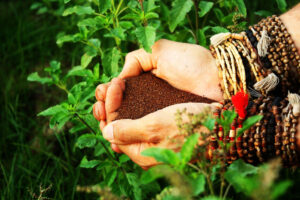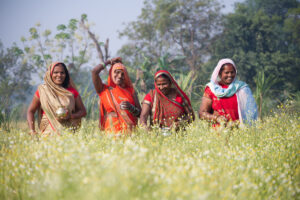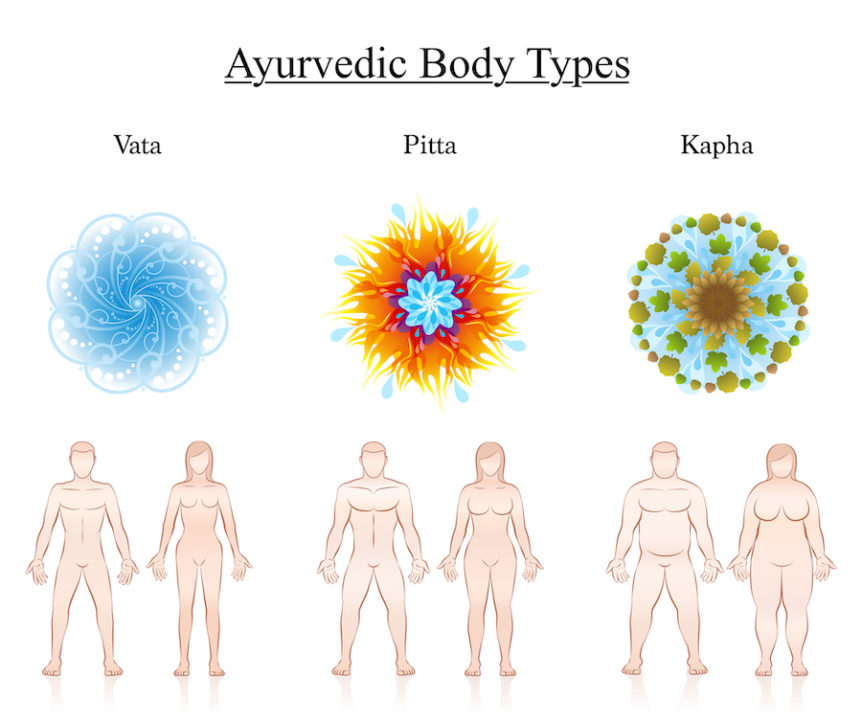Back
Ayurveda is a science of Doshic energy, emphasizing diet and the cultivation of Prana, Tejas, and Ojas to provide overall health. This is an ancient system of healing dating back over 5,000 years. Originating in India, the majority of the linguistic narratives are written in Sanskrit. Ayurs translates into Life, while Veda equates to Science, making Ayurveda the “Science of Life.” This science breaks down all aspects of existence into its basic elemental qualities, meaning Ayurveda is not a system of memorization, but a means of understanding the world
Doshas
One of the fundamental concepts within Ayurveda is the threefold Doshic body type system. These doshas, or body types, relate to the Western terms: Ectomorph (Vata), Mesomorph (Pitta), and Endomorph (Kapha).
The Doshas are simply a way of stating which elements are more predominant in a person. For instance, Vata is composed of the elements Air and Ether. Because of this, Vata tends to be underweight as Air and Ether are the lightest of the elements. Other prominent Vata qualities include those of a dry, cold, and mobile nature. This shows through with dry cracking skin, colder body temperature, a very expansive personality, and rambling speech.
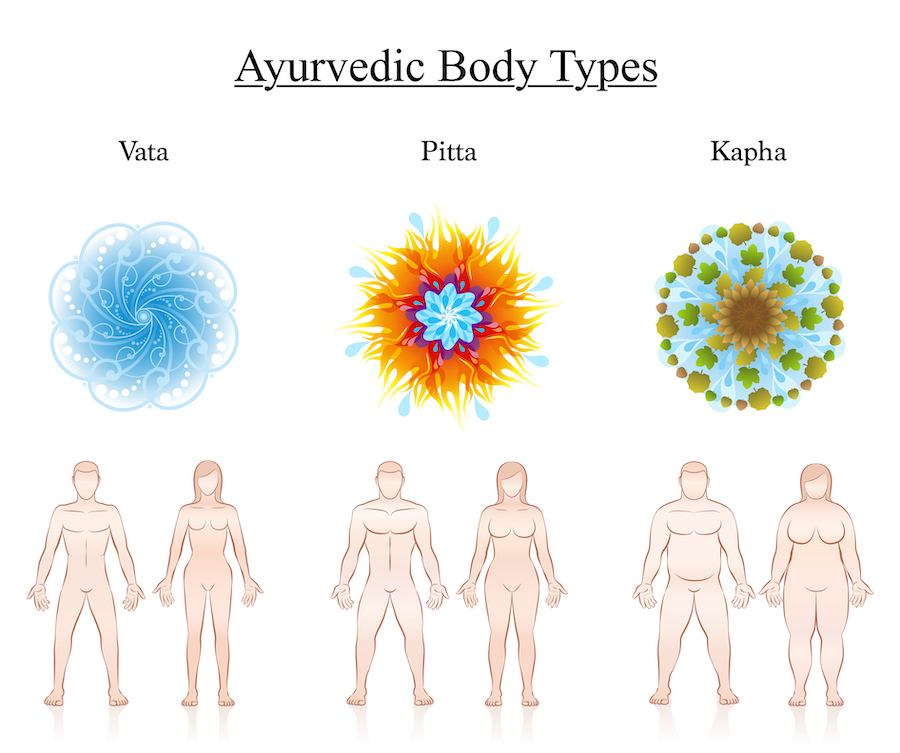
Pitta is comprised of the elements Fire and a small amount of Water. Fire relates to a Pitta dominant person’s high intensity lifestyle, being no stranger to competition, they are often prone to anger. Hot, sharp, oily, and light are the main qualities present with this elemental constitution. Often with a very high metabolism (Agni), a Pitta individual can eat copious amounts of food without putting on any excess fat.
Lastly, Kapha, being made up of Earth and Water, is heavy, moist, and cold. Kaphas are weight bound, this is because of the heavy nature of the Earth and Water elements. Psychologically, a Kapha person speaks more slowly, and tends to stick to their ideas.
While there are many factors which clarify the chief dosha present, in general, tendencies can be drawn toward each one. For instance, Kapha body features are often the largest as Earth and Water are the heaviest elements. Vata, composed of Air and Ether, often have the smallest features. Pitta features often take a middle ground and have a slightly sharp quality to them.
Throughout the course of our life, the year, and even the time of day, we transition through Doshic cycles.
While many ‘Dosha tests’ exist throughout various literature, authors, and sources, the only truly accurate depiction will come from a trained Ayurvedic practitioner. This is because while a feature may appear large, small, or otherwise, the image can become skewed by the personal perception, thus a practitioner trained in identification will be the most accurate.
Throughout the course of our life, the year, and even the time of day, we transition through Doshic cycles. At the beginning of life, we are in Kapha time, this is a period of building and growth, encouraged by the heavy/building nature of Kapha. Middle of life relates to Pitta, this is when we are building our careers, developing our livelihood, a very fast paced, intense lifestyle takes place during this time.
Lastly, we transition into the Vata time of life. Our bodies become lighter, and eventually this lightness helps the transition out of the body. On a smaller scale, Spring relates to Kapha. Water begins to flow, and we often feel congested and lethargic.
Summertime is peak Pitta season, when the Sun is at its most intense and vibrant. Vata time takes place in Autumn. During the Fall, the wind picks up, the environment becomes colder and is filled with movement. Finally, even over the course of the day, this Doshic cycle repeats itself.
Kapha time of day takes place from 6 to 10 AM and PM, we naturally feel the sleepiest and most grounded here. During Pitta, from 10 AM to 2 PM, we often become hungry from the excess Fire present. This takes place at noon when the Sun is at its highest.
During the middle of the night, Agni may become stronger here explaining the common phenomenon known as a midnight snack. Vata time occurs from 2 to 6 AM and PM, in both darkness and light. During this period we will feel the most expansive, sometimes allowing our thoughts to run wild.
Diet
Based upon your Dosha, certain foods (tastes) can be used therapeutically to bring balance to your body type. This is beneficial as intake of food happens daily. The transition of food into medicine can become a great ally in finding the balance within yourself.
Much like the Doshas, the six tastes are also comprised of various elements: Sweet, (Earth + Water), Sour (Fire + Earth), Salty (Water + Fire), Pungent (Fire + Air), Bitter (Air + Ether), and Astringent (Earth + Air). Sweet foods are nourishing and building. These include: grains, dairy, meats, cheese, nuts, and oils.
Sour foods, such as ferments, raise your metabolism (Agni); this is true of Salty foods as well, as they both share the Fire element. Pungent foods are the hottest of all the tastes, these include spicy peppers, ginger, horseradish, etc.
Bitter foods are the coldest of the tastes; these are primarily our dark leafy greens. Lastly, Astringent foods dry out the Water present in the body. Examples include: beans, cranberries, dry cereal, and grains.
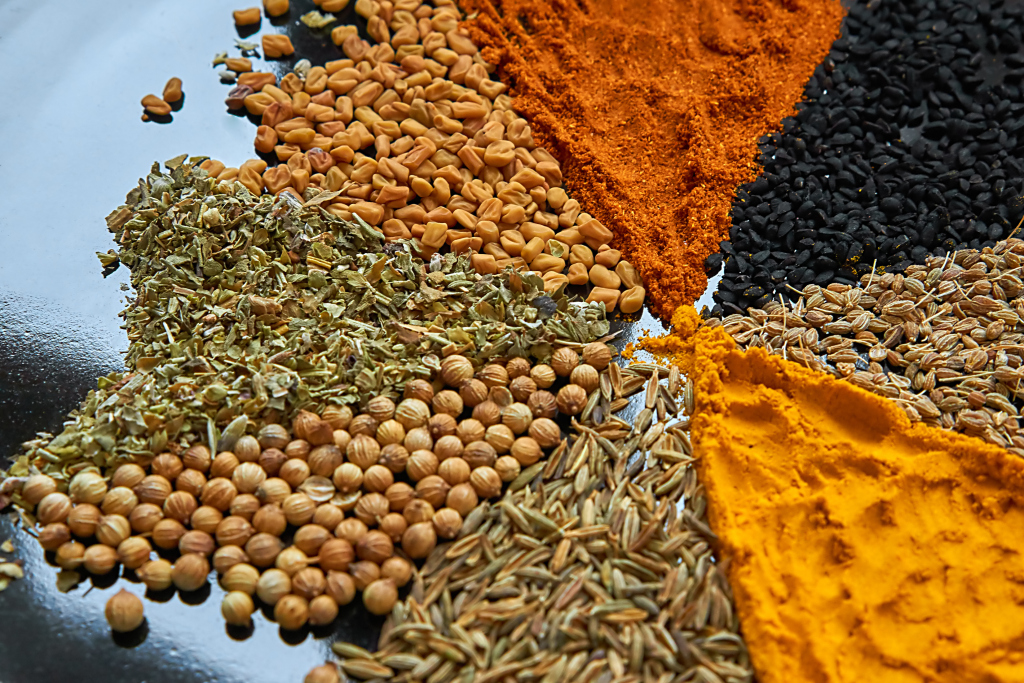
In order to balance your Dosha, it is said that utilizing the opposing elemental qualities from a Doshic constitution should take place within food. For instance, if a great deal of Fire is present, cooling foods should be taken. The best tastes for Vata are of Sweet, Salty, and Sour. The Sour and Salty will build the Agni of the cold Vata individual while tonifying the body with the Sweet taste. The best tastes for a Pitta include Sweet, Bitter, and Astringent. These are the three coldest tastes, which help pacify the robust Fire present.
For Kapha, Pungent, Bitter, and Astringent should be consumed. These are the lightest and most purifying tastes which will help balance the heavy nature of Kapha. Comparing the elemental composition of the person andthe taste will show the correlation of which tastes are ideal to consume.
Notably, according to Ayurveda, all six tastes should be present within a meal, however, greater amounts of the balancing tastes should be emphasized.
More important than what you eat, is how you eat. In today’s society, food is rarely given the cognizant attention it deserves. We eat on the way to work, we eat in front of the television, and we eat quickly without chewing our food. All of this relates to food being taken in the parasympathetic nervous state (fight or flight).
By taking a few deep breaths before a meal, the body can be brought out of this parasympathetic state and into a sympathetic state where the food can become properly digested. Chewing food to an even consistency helps to break down food before it reaches the stomach.
Food should be warm and taken without distraction. Imperative to digestion is the Agni level. By spicing your foods, the Agni is stoked, allowing you to digest more of what you take in. Spicing the foods does not necessarily mean making the food spicy! There are mild and neutral spices e.g., fennel, coriander, cumin, etc., which raise the Agni without over-stimulating Pitta.
In America, the general populace tends toward overeating. This suppresses our ability to digest what we eat as there is so much there to digest! By eating only until you are 75% full, your body is able to digest its contents much more efficiently.
And lastly, food should always be taken three hours apart from the previous meal. This allows the entirety of the previous meal to finish digestion.
Application of Prana, Tejas, and Ojas
While the Doshas may interact with the physical body, they also directly correlate to the functions of the mind. These subtle Doshas (humors), Prana, Tejas, and Ojas, relate directly to Vata, Pitta, and Kapha respectively. By cultivating Prana, Tejas, and Ojas, the overall health is in turn built.
Prana is our life force, governed by Vata it relates to our Air or breath. This Prana helps circulate our life energy throughout the body. With an overactive Prana, the individual may experience racing thoughts, anxiety, and even insomnia.
Tejas relates to the subtle Pitta Dosha. With a strong Tejas, we are able to digest information at an astounding intensity. Ojas is our vitality, our protection, this is a subtle form of Kapha. When Ojas is strong we are less likely to fall ill.
All three humors are present within the body/mind. In fact, when healthy, they are present in equal amounts! Ojas contains the Prana and Tejas, therefore by building Ojas the other humors may be kept in check.
As each humor is governed by a separate Dosha, qualities of that Dosha will increase the subtle aspects. In order to build Prana, the practice of Pranayama (breath restriction) may be utilized. This is done by following specific patterns of breath.
Tejas, our mental fire, is increased through the practice of Trataka (candle gazing). It may even be increased through the humble pursuit of knowledge!
Ojas may be increased by engaging in harmonious activities. Spending time in nature, consuming the Sweet taste, and all things nourishing will cause Ojas to grow.
While increasing all three of the subtle Doshas at an equal level is beneficial, without the proper Ojas to contain Prana and Tejas, more problems may arise than are solved. Therefore, cultivation of Ojas should always take precedence.
In summary, Ayurveda is a science of Doshic energy, emphasizing diet, and the cultivation of Prana, Tejas, and Ojas, to provide overall health. Through understanding of the elemental qualities present in the body and environment, elevated states of balance are ensured.
Note: This content is for informational purposes only. These statements have not been evaluated by the Food and Drug Administration. Any products mentioned are not intended to diagnose, treat, cure, or prevent any disease.


